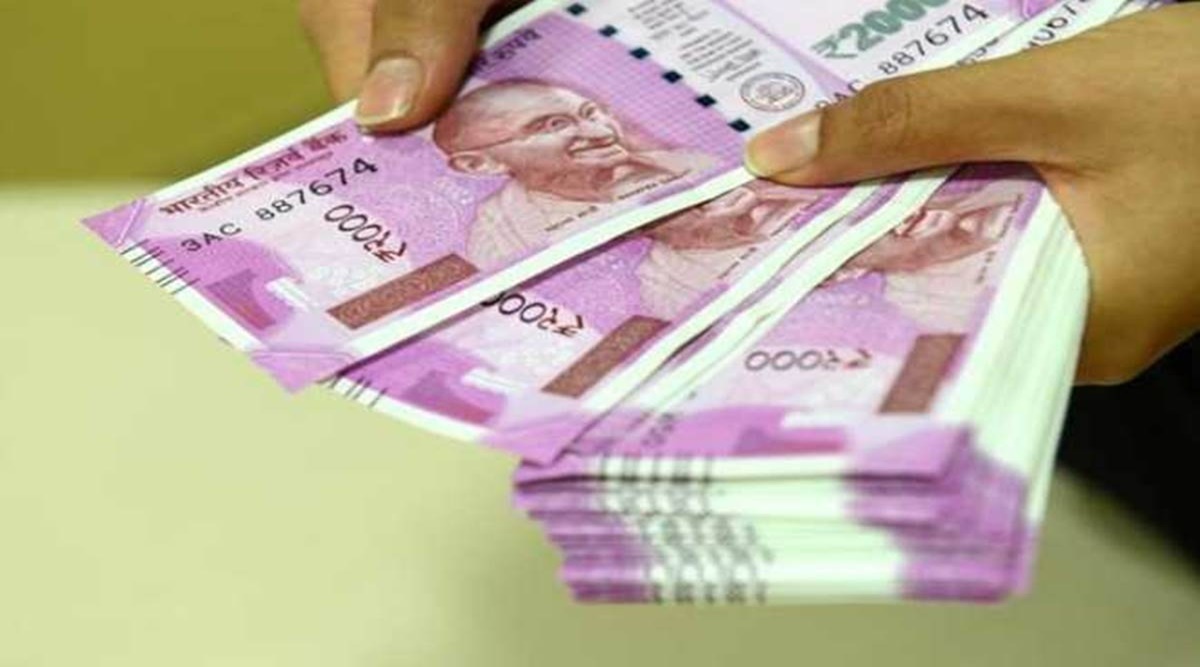Non-food credit grew 7.41% year-on-year (YoY) during the fortnight ended December 17, according to data released by the Reserve Bank of India (RBI), moderating mildly from the 7.51% growth seen in the previous fortnight, yet higher than the year-ago rate of 6.03%.
Outstanding non-food credit as on December 17 stood at Rs 112.29 lakh crore, higher than Rs 111.83 lakh crore at the end of the previous fortnight. Deposits grew 9.6% YoY to Rs 158.67 lakh crore.
The credit growth had been languishing through much of 2021, with corporates deleveraging their balance sheets and consumer lending doing much of the heavy lifting for banks. In recent months, however, bankers have been sounding a more optimistic note on the recovery in corporate credit.
Analysts, too, have taken a favourable view of the credit market, while cautioning that risks from a fresh surge in Covid infections remain. In a recent report, analysts at rating agency CareEdge said the outlook for bank credit growth is expected to be in the range of 8- 9% for FY22 with a low base effect, economic expansion, rise in government and private capex, extended support under the emergency credit line guarantee scheme, and a retail credit push.
“The medium-term prospects look promising with diminished corporate stress and increased provisioning levels across banks. However, the new coronavirus variant (Omicron) could dampen momentum if localised lockdown measures increase,” they said.
In its report on the trend and progress of banking in India for FY21, the RBI said that an analysis of credit market vectors shows that the slowdown in credit through FY22 reflected problems on the demand as well as supply sides. “Industrial activity (IIP) and investment (GFCF) constrained credit demand, while stressed balance sheets of banks limited credit supply,” the RBI said, adding, “Hence, policies aimed at boosting aggregate demand need to be supplemented with strengthening bank balance sheets to reduce stress for a sustainable boost to credit growth.”


























